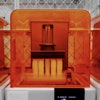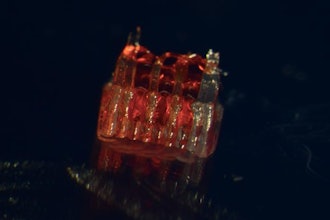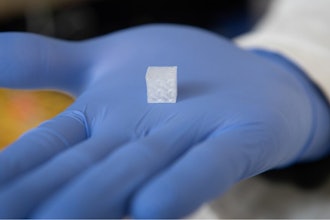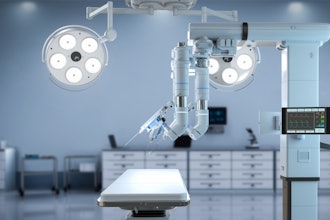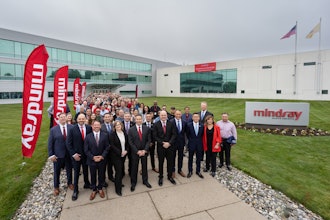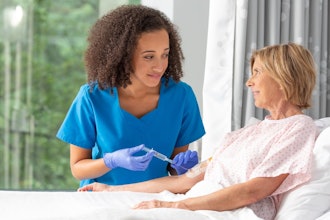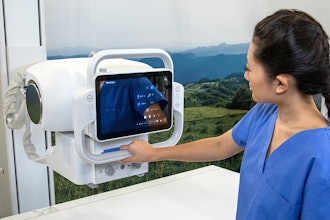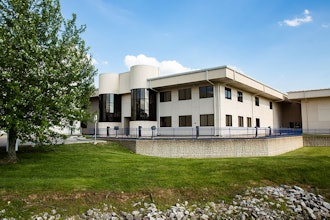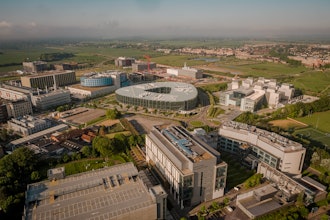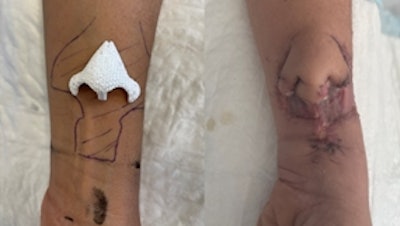
The ENT and Cervico-Facial surgery teams of the Toulouse University Hospital and the Claudius Regaud Institute carried out a surgical intervention at the Toulouse-Oncopole University Cancer Institute consisting in completely reconstructing a patient's nose from a synthetic graft previously implanted in the patient's forearm to pre-vascularize it.
The patient had been treated in 2013 for nasal cavity cancer (squamous cell carcinoma) by radiotherapy and chemotherapy. As a result of this treatment, the patient lost a large part of their nose as well as the front part of their palate.
For more than four years, the patient lived without a nose, facing failures in nasal reconstruction by skin flap grafting and difficulty coping with wearing a facial prosthesis.
The patient was thus offered a nasal reconstruction using custom-made biomaterial, based on a surgical procedure carried out in two stages by Prof. Agnès Dupret-Bories and Dr. Benjamin Vairel.
This type of reconstruction had never before been performed on such a fragile and poorly vascularized area and was made possible thanks to the collaboration of the medical teams with the company Cerhum, a Belgian manufacturer of medical devices specializing in bone reconstruction . This new technique also makes it possible to overcome certain limitations presented by other techniques.
The biomaterial used to reconstruct the patient's nose was 3D printed after several discussions between Cerhum engineers and the surgical team on the basis of 3D views taken before the implementation of the anti-cancer treatment.
The biomaterial was initially placed in a nurse (implanted) in the patient's forearm.
In September 2022, two months after fostering, colonization of the medical device appeared complete. The device was thus able to be transplanted in the nasal region and successfully revascularized using microsurgery by anastomoses (creation of a connection between blood vessels) of the vessels of the skin of the arm on the vessels of the temple of the patient.
After ten days of hospitalization and three weeks of antibiotics, the patient is doing very well.


